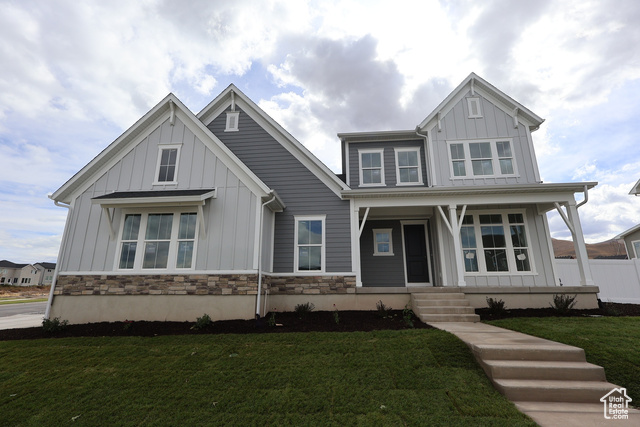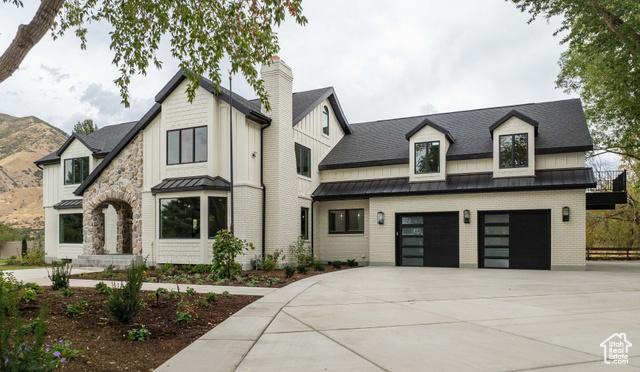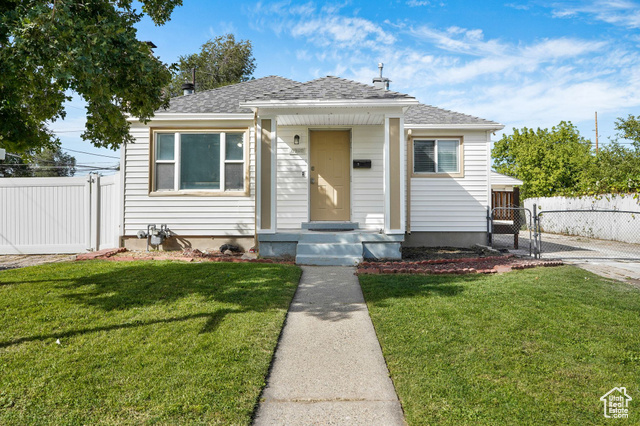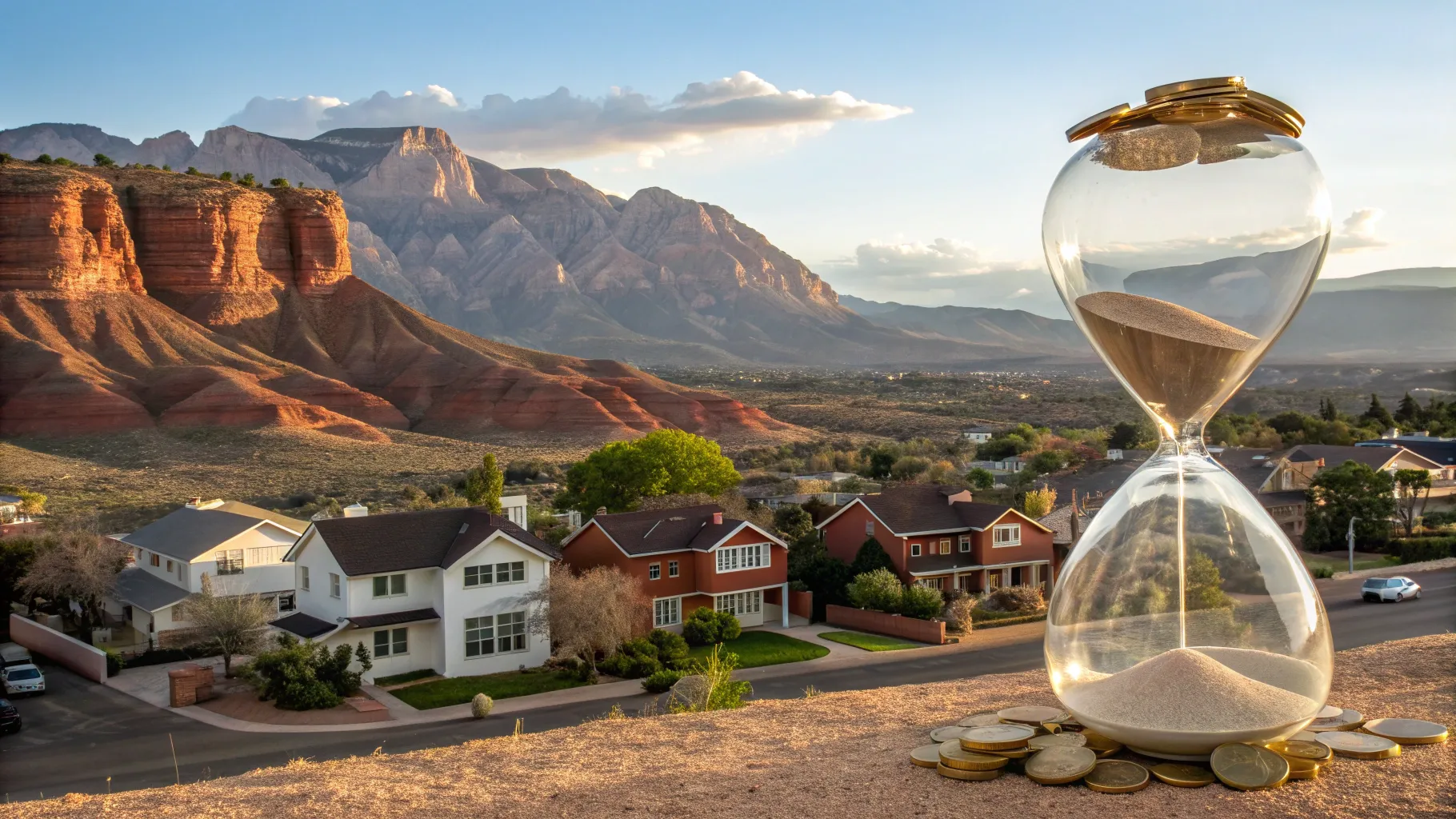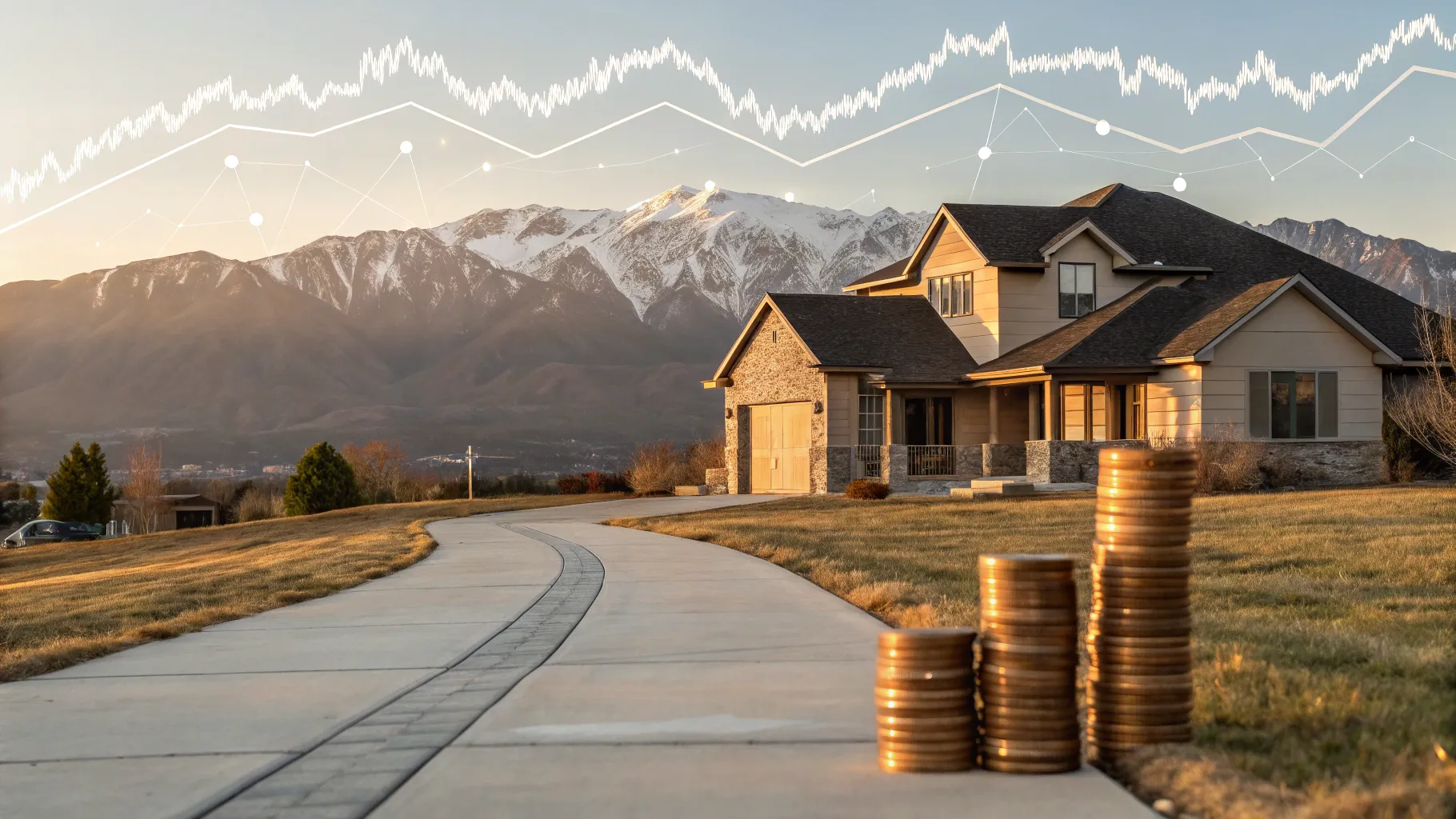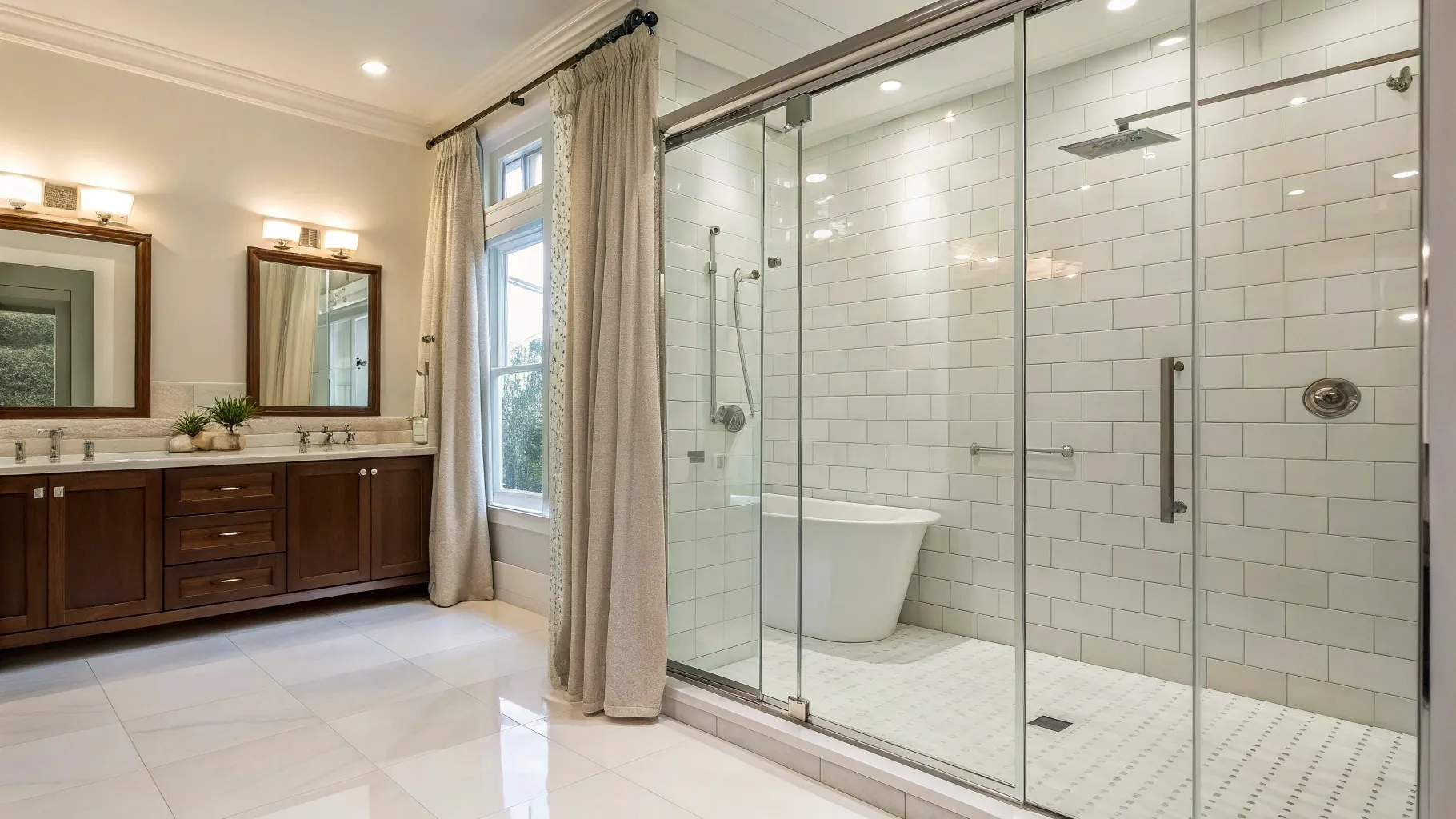50‑year mortgages lower monthly payments but can add roughly $397,000 in interest on a $400K loan at 6%. Utah-focused analysis of who wins, who loses, and practical strategies for buyers and investors
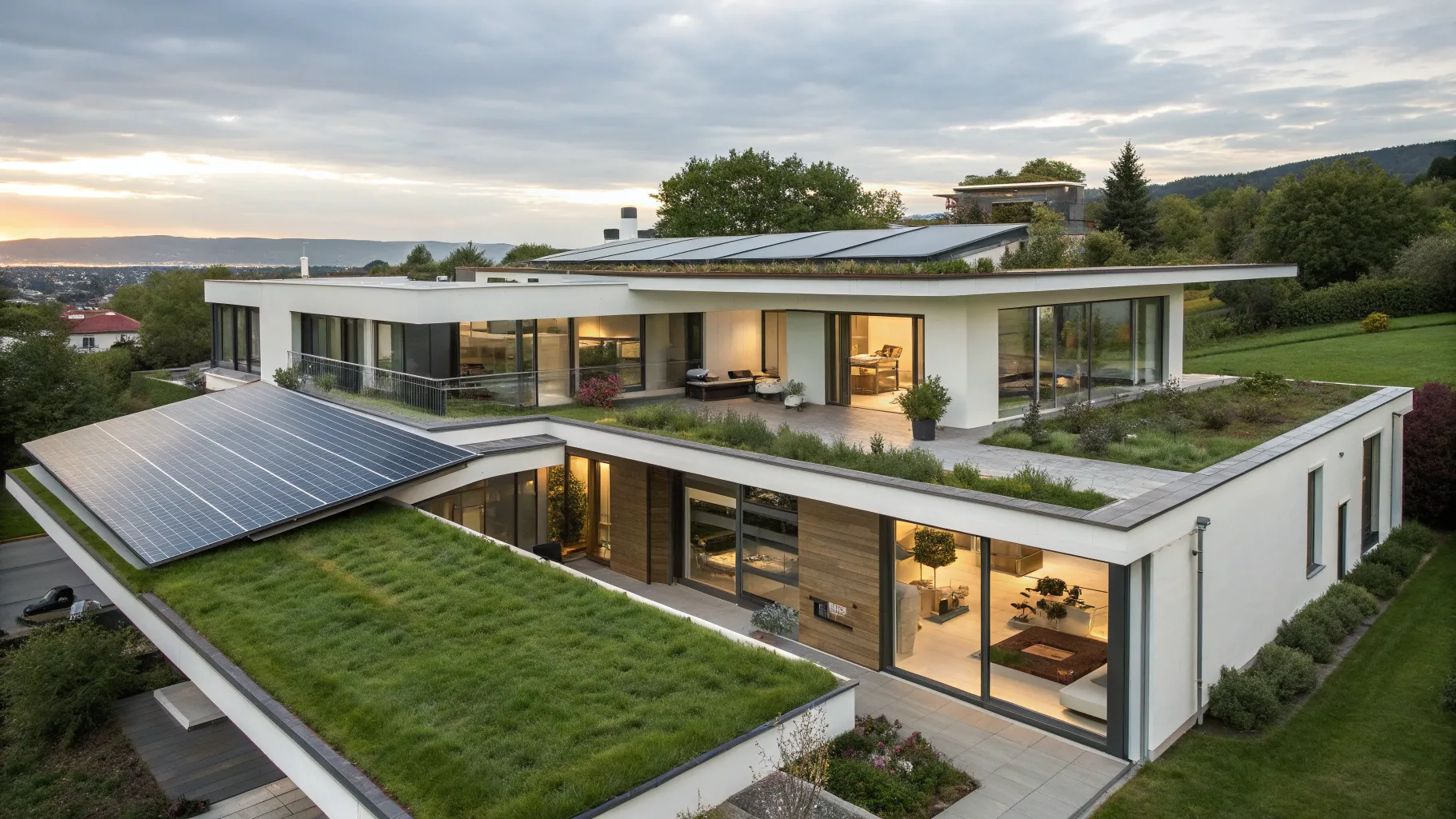
In the ever-evolving landscape of contemporary architecture, flat roofs are experiencing a renaissance that echoes their historical significance while adapting to modern sensibilities. Once relegated to utilitarian uses or considered outdated, flat roofs are now seen as a sophisticated design choice, particularly appealing for residential and commercial buildings alike.
The Appeal of Flat Roofs
One of the most compelling reasons for the resurgence of flat roofs is their sleek aesthetic. In a world where minimalism reigns, flat roofs provide an unobtrusive silhouette that complements contemporary architectural styles. They encourage clean lines and geometric shapes, enabling architects to push the boundaries of innovation and creativity.
Moreover, flat roofs offer exceptional versatility. They are ideal for urban settings where space is at a premium, allowing for the construction of functional outdoor spaces, such as terraces or gardens, which can serve as an extension of living or recreational areas. This is particularly appealing in city living, where a flat space is often more desirable than a sloped roof that consumes valuable headroom.
Design Flexibility
Flat roofs also lend themselves well to modern design trends. Features like rooftop gardens, solar panels, and green roofs can be seamlessly integrated into flat-roof designs. This adaptability not only enhances a building's environmental credentials but also provides opportunities for creating innovative, multifunctional spaces tailored to the needs of occupants.
For example, offices can incorporate green roofs that help in insulating the building, thereby reducing energy costs, while also promoting biodiversity in urban areas. You, as a homeowner, on the other hand, may choose to upgrade your flat roof structure to create a stylish outdoor area perfect for entertaining or relaxing. Such transformations exemplify the fusion of functionality and aesthetics that contemporary architecture seeks to achieve.
Sustainability Considerations
Sustainability is undeniably one of the primary drivers behind the return of flat roofs. As the need for greener buildings grows, flat roofs can accommodate various eco-friendly technologies. Low-energy glazing, insulation, and advanced waterproofing systems can optimise energy efficiency and longevity — all crucial attributes as the construction industry shifts towards sustainability.
According to recent studies, buildings with flat roofs can significantly reduce their carbon footprint when combined with green technologies. The implementation of reflective roofing materials can lower heat absorption, while the addition of vegetation can improve air quality and promote biodiversity.
For those looking to make a significant impact, transitioning to a flat roof structure is also a worthwhile investment. Not only does it enhance the building's aesthetic and functional value, but it also aligns with sustainability objectives. If you’re considering such an upgrade, be sure to explore options that allow for the best adaptations to your specific environment and needs.
Historical Context
Flat roofs aren’t a new phenomenon; they have been used for thousands of years in various cultures around the world. Originally popularised in the mid-20th century by modernist architects such as Le Corbusier, they represented a break from tradition, moving away from pitched roofs that dominated earlier architectural styles.
Nonetheless, as tastes evolved and the desire for more ornate and decorative roofing styles emerged, flat roofs fell out of fashion in some regions. Today, however, there’s a renewed appreciation for their original charm, practicality, and modern applications. Features like parapets and elegant edge detailing have made a significant comeback, enhancing both form and function.
Urban Living and Space
In dense urban areas, space is a premium commodity. Flat roofs offer opportunities for homeowners and developers to maximise available land. By converting a rooftop into a usable space, residents can enjoy views, outdoor access, and leisure areas without encroaching on the ground footprint of their homes. This concept is especially attractive in cities where having a garden or balcony is not a realistic option.
Building regulations are also evolving to encourage the growth of rooftop spaces, opening the door for innovative uses and designs. More rooftop bars, restaurants, and communal areas are becoming the norm in vibrant cities, demonstrating how flat roofs can contribute to community-building in urban environments.
Trends in Modern Architecture
As flat roofs regain popularity, several design trends are emerging.
- Elemental Aesthetics: The simplicity of flat roofs allows for the emphasis on materials and textures. Exposed concrete, natural wood, and metal highlight the modern aesthetic without overwhelming the overall design.
- Rooftop Gardens: Urban greenery is increasingly sought after. Rooftop gardens not only offer private retreats but also contribute to the cooling of buildings and provide ecological benefits.
- Solar Integration: With the push towards renewable energy, flat roofs are ideal for solar panels. Their positioning allows for optimal sun exposure, making them a practical choice for energy-conscious building owners.
- Living Architecture: Living walls and systems that promote biodiversity are being integrated into flat roof designs, marrying aesthetic appeal with environmental responsibility.
Conclusion
The comeback of flat roofs in contemporary architecture speaks to a broader trend of embracing versatility, sustainability, and modern design principles. Whether you're an architect pushing creative boundaries or a homeowner upgrading your flat roof structure, there's a strong case to be made for choosing this form.
As urban living continues to evolve, the potential of flat roofs to create functional, aesthetically pleasing spaces is undeniable. Their ability to adapt to contemporary needs while reflecting an architectural history speaks volumes about their enduring relevance in today’s world. Embracing this trending style may not only elevate your property in the market but also contribute positively to our collective urban landscapes.


